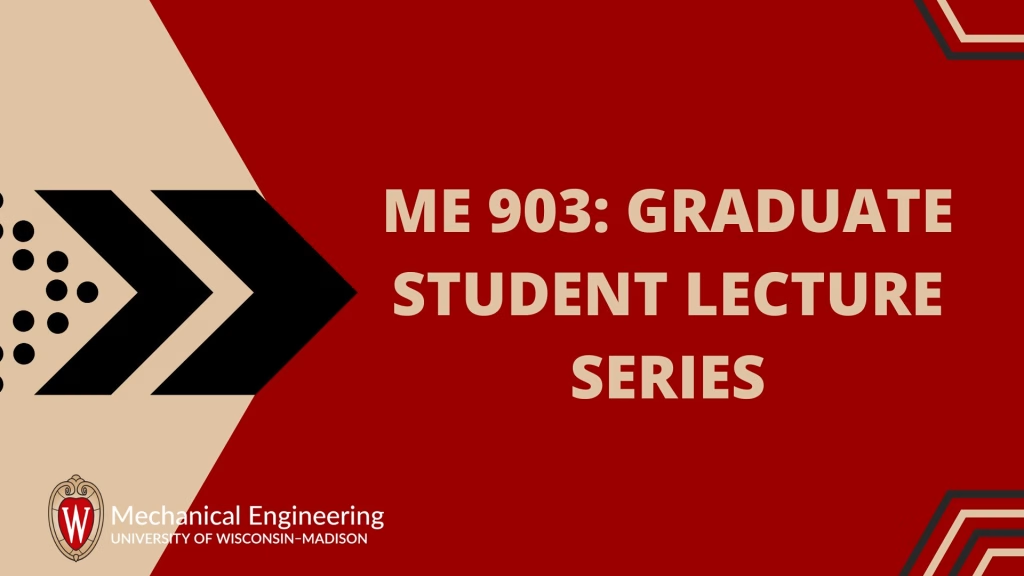
- This event has passed.
BME Seminar Series: Michael Sacks, PhD
September 16, 2024 @ 12:00 PM – 1:00 PM

Neural Network Finite Element Approaches for Cardiac Simulations
Michael S. Sacks, PhD
James T. Willerson Center for Cardiovascular Modeling and Simulation
Oden Institute for Computational Engineering and Sciences
Professor of Biomedical Engineering
The University of Texas at Austin
Abstract
Comprehensive image-based computational modeling pipelines are being actively developed for high-fidelity patient-specific cardiac simulations. However, conventional simulation techniques pose a challenge in this regard, primarily because of their excessively slow performance. We have developed a Neural Network Finite Element (NNFE) approach for high-speed cardiac mechanics simulations that can produce accurate simulation results within seconds (Journal of Biomechanical Engineering 144.12 (2022): 121010.). The method utilized neural networks to learn the displacement solution; and finite elements for defining the problem domain, specifying the boundary conditions, and performing numerical integrations. The NNFE method does not rely on use of traditional FEM simulations, experimental data, or reduced order modeling approaches, and has been successfully applied to hyperelastic boundary value problems using a potential energy formulation. In the present work we extended the NNFE approach to a prolate spheroid model of the left ventricle as a starting point for more complex cardiac simulations. We incorporated spatially varying fiber structures and utilized a Fung-type material model that included active contraction along the local myofiber axis. As cardiac mechanics are non-conservative problems with path-dependent pressure boundary conditions, we developed a new NNFE formulation based on classical virtual work principles. Importantly, the resultant NNFE cardiac NNFE cardiac model was trained over the complete physiological functional range of pressure, volume, and myofiber active stress. The final trained cardiac model predicted the displacement solution over the cardiac cycle for any physiological condition without retraining with a mean nodal displacement error of 0.023 ± 0.019 mm. Similar agreement accuracy was found for the stress and strain results. The NNFE model trained within 2.25 hours and predicted the complete pressure-volume response within 30 seconds, whereas the FE model took approximately 5 hours. This study successfully demonstrates the potential of the NNFE method to simulate cardiac mechanics with high speed and accuracy over the complete physiological functional space. Future work includes real heart geometries and infarct simulations.


